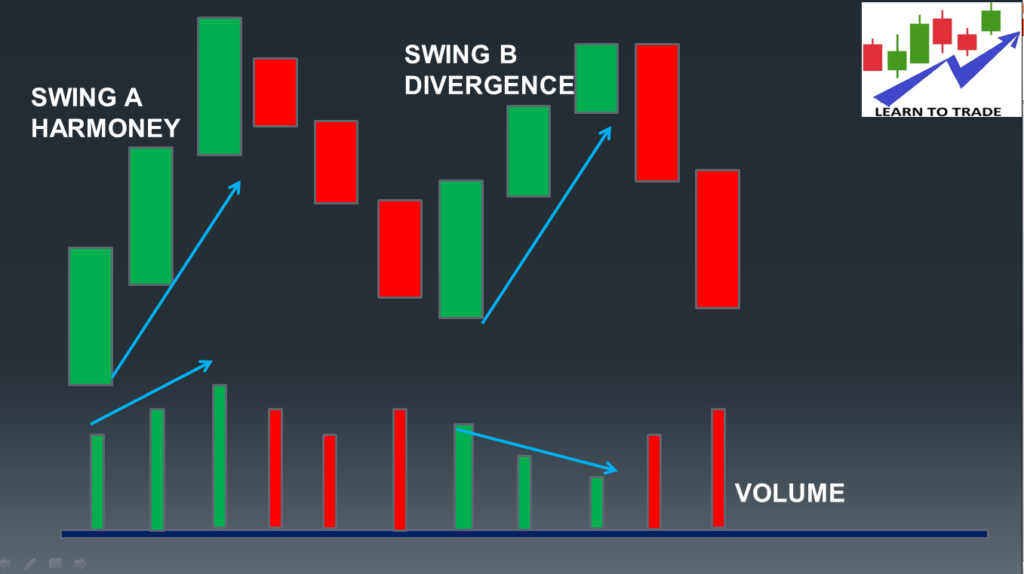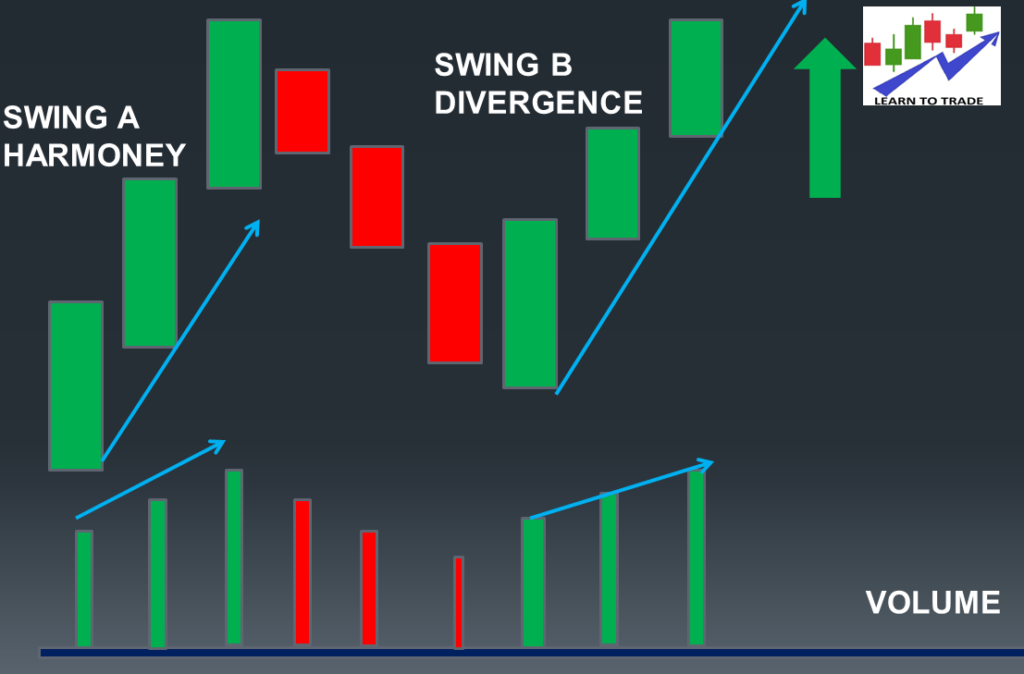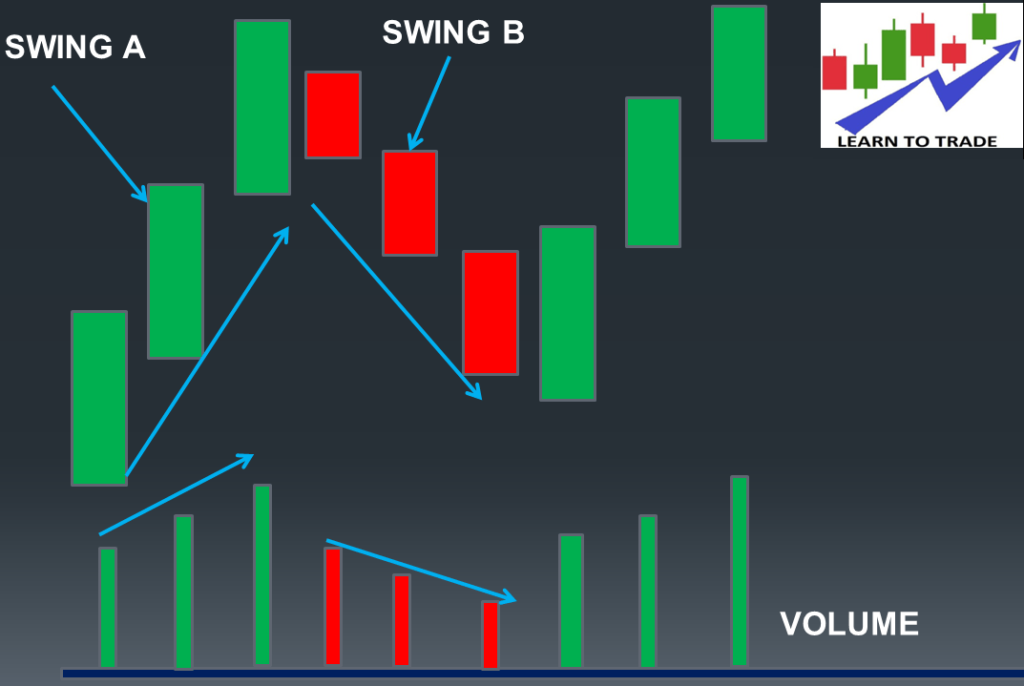Volume Price Action Analysis in Trading
In this article, I will discuss Volume Price Action Analysis in Trading. Please read our previous article discussing 3 Rules for Volume Analysis in Trading. At the end of this article, you will understand the following.
- Understanding Market Structure through Volume Swing Analysis
- Strength and weakness of swing through volume price action analysis
- How to analyze volume in trading
Understanding Market Structure Through Volume Analysis
In the first part, we have studied 3 laws of volume analysis. These are
- THE LAW OF SUPPLY AND DEMAND
- THE LAW OF CAUSE AND EFFECT
- THE LAW OF EFFORT VS RESULT
Based on these laws, we know the big picture analysis is market structure analysis using volume. Because the final decision-making depends on the market structure
Market Structure
It is similar to learning to read a new alphabet- once you understand the characters, you can read the words, and once you know the words, you can read the story. So, the market structure consists of short-term swings.
- The market moves in an up-downswing or market swing. In a healthy bull trend, the upswing generally exceeds the downswing in length, and the reverse is true for the bear market.
- Hence, by observing market swing, we can glimpse into the market structure and get clues on whether the market will move up or down.
- So basically, prices move in an uptrend or downtrend
- In a healthy bull, the trend Price Makes a Higher High (HH) and Higher Low (HL)
- In a healthy bear, the trend Price Makes a Lower High (LH) and Lower Low (LL)


Let’s understand the rally (opposite of decline)
What happens during the rally?
What has been going on during the rally? Two things
- First, the buying of stock by those who are covering their previous short sales(after knowing that they are in the wrong direction) and
- Second, actual new buying by those who expect the advance to continue
What happens after the rally?
- If the rally is due to more short covers than long buyers, it will likely decline in the future.
- If the rally is due to actual new buying, the trend is likely to continue
How can I tell which type of rally is? (Short covering or long buying)
Watch the volume and momentum of price changes
- If PRICE rises with momentum and VOLUME rises, the market is STRONGLY BULLISH. The move is by long buyers. HARMONEY
- If the PRICE is rising, but VOLUME is falling, and momentum is also falling, the market is WEAKLY BULLISH. The move is by short covering. DIVERGENCE
Why is PRICE rising and VOLUME rising in the rally?
For price to overcome selling pressure created by
- Profit-taking selling order
- New selling order at the market top
What indicates HARMONEY & DIVERGENCE?
It should be noted that the price movement will be indirectly proportional to the amount of effort expended.
- If the effort is in harmony with the result, it shows the movement’s strength and suggests its continuation. If the effort diverges from the result, it is a sign of the movement’s weakness and suggests a reversal.
- The result tends to be in direct proportion to harmony or divergence. If divergence is suggested, a smaller divergence tends to generate a smaller result, and a larger divergence tends to generate a larger result. On the other hand, if harmony is suggested, a greater effort will cause a long movement. In contrast, a slight effort will be reflected in a movement of shorter duration.
General Rules for Interpreting Volume to determine the health of a trend
1. If PRICE rises and VOLUME rises, the market is STRONGLY BULLISHED.
Volume helps us to determine the health of a trend. An uptrend is strong and healthy if volume increases as the price moves with the trend and decreases when the price goes counter-trend (correction periods or ‘pullbacks’).
2. If the price rises but VOLUME falls, the market is WEAKLY BULLISH. Uptrend weakening
When prices rise, and volume decreases, it tells that a trend is unlikely to continue. Price may still attempt to rise at a lesser pace, and once sellers take control (which is usually signified by an increase in volume on a down bar or candle), prices will fall.
- If PRICE is falling, VOLUME is rising, the market is STRONGLY BEARISH.
- If PRICE and VOLUME are falling, the market is WEAKLY BEARISH. Downtrend weakening

Understanding Market Structure through Volume Swing Analysis
The movements of the price do not develop in periods of time of equal duration, but they do it in the swing of different sizes. For this reason, we have to study the relationship between the upward and downward swings
The swing of the market furnishes a clear insight into changes in supply and demand. By learning to judge all sizes (up and downswings) of market swings, you will gradually learn to spot the time when a rally and a reaction have stopped and are about to reverse. These are the turning points.
Here, we have to find out.
- Strength and weakness of swing through volume analysis or find out harmony and divergence
- volume analysis at the key level for decision-making
Strength and weakness of swing through volume analysis
There are two methods to find out strengths and weaknesses in swing through volume analysis

Compare the volume of the current price swing with the volume of the previous price swing in the same direction.
This means comparing the current impulse swing vs. the previous impulse swing. What is it telling? Volume increasing or decreasing or the same volume. Let’s understand the divergence

- Compare the volume of UP-swings (A) and upswing (B). Note the decreased VOLUME of the swing (B), indicating a reduction in bullish VOLUME. Weakness is appearing on the bullish side.
- When prices are rising and volume is decreasing, it tells that the trend is unlikely to continue. Price may still attempt to rise at a slower pace, and once sellers take control (which is usually signified by an increase in volume on a down bar or candle), prices will fall.
- The move is by short-covering RALLY.
- A low-volume upswing as the market attempts to rally above these old tops is telling you clearly that the market is not going anywhere.
- High volume of up bars in the same areas certainly indicates that there is a supply in the market. If the market makers and specialists are still bullish, they will have to absorb any supply that appears, and this will allow prices to continue up.
Let’s understand harmony.

- When comparing the current upswing B volume with the previous upswing A volume. Note the increasing VOLUME on A swing, indicating an increase in BULLISH STRENGTH. BULLISH price swings are showing signs of strength
- RISING PRICE IS ACCOMPANIED BY RISING VOLUME. It means the market is STRONGLY BULLISH. Price will continue the trend.
- The high volume of up bars in the same areas certainly indicates that there is a supply in the market. If the market makers and specialists are still bullish, they will have to absorb any supply that appears, and this will allow prices to continue up.
Compare the volume of the current price swing with the volume of the previous price swing in the opposite direction.
This means comparing impulse volume vs. retrace (pullback) volume. Generally, a healthy trend is increasing volume on impulse movement and decreasing retrace volume. Let’s understand harmony.

- When comparing the current downswing B volume with the previous upswing A volume, volume decreases. Strength is now clearly on the bullish side.
- Price movement is expected in the direction of strength. When prices are falling and volume is decreasing, traders are told that the trend is unlikely to continue in the downward direction. Price may still attempt to fall slower, and once buyers take control (which is usually signified by an increase in volume on an up bar or candle), prices will increase.
Let’s understand the divergence.

When comparing the current upswing B volume with the previous upswing A volume, IT SHOWS PRICE is falling, and VOLUME is rising, meaning bearish PRESSURE overcoming bullish PRESSURE. TREND CONTINUES IN A DOWN DIRECTION.

